Selected Articles from Max Planck Research
Read about science at the AEI in the Max Planck Research Magazine.

Aeneas Rooch: LISA listens to space (MaxPlanckResearch 2/2024)
The largest astronomical observatory is so large that it won’t fit on Earth. It’s called Lisa, and it will be able to detect when a 2.5-million-kilometer segment of space shrinks by even one atomic diameter. Researchers at the Max Planck Institute for Gravitational Physics in Hanover and Potsdam helped develop the gravitational-wave detector. By observing cosmic waves, they hope to gain an insight into strange processes deep in outer space.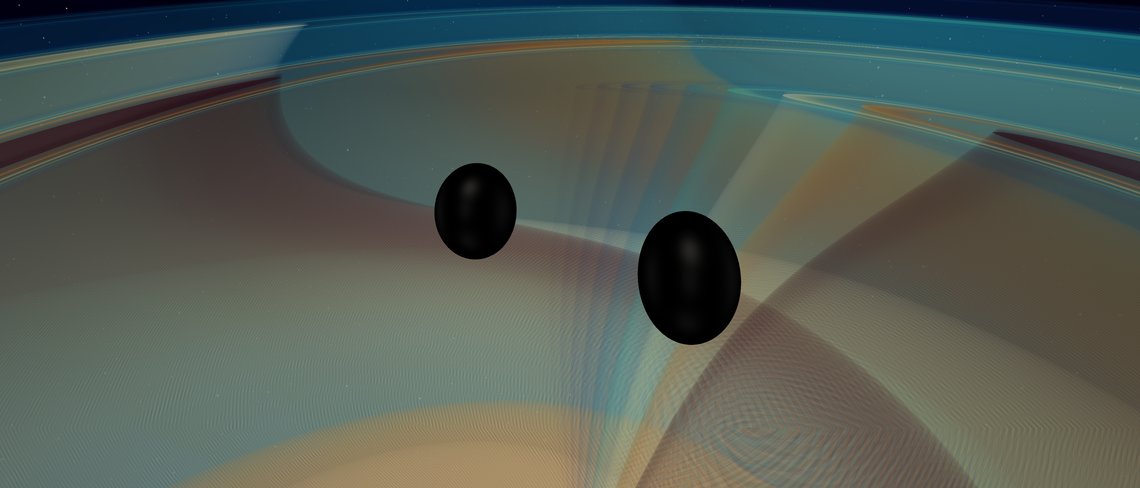
Helmut Hornung: A Big Fish Is Making Big Waves (MaxPlanckForschung 04/2020)
It should not actually exist – a black hole with a mass 85 times that of our sun. But that is precisely what astronomers have discovered. Apparently, this heavyweight used to be part of a binary star system before it merged with its equally massive partner. The resulting space-time quake unleashed gravitational waves that are posing many a puzzle for researchers at the Max Planck Institute for Gravitational Physics in Potsdam and Hanover.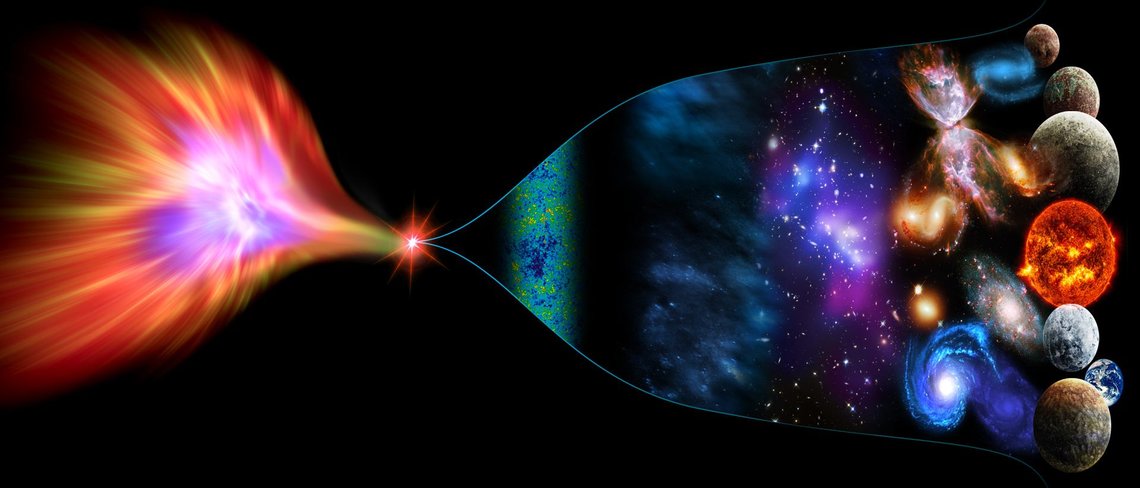
T. Bührke: The philosopher of the Big Bounce (MaxPlanckResearch 1/2020)
Humankind has always been fascinated by the mythical concept of a cyclic universe that ends in a cosmic conflagration and is then reborn. Modern Big Bang theory that suggests an infinitely expanding universe rules out this possibility. But has the final word been spoken on the issue? Anna Ijjas investigates this fundamental question at the Max Planck Institute for Gravitational Physics in Hannover.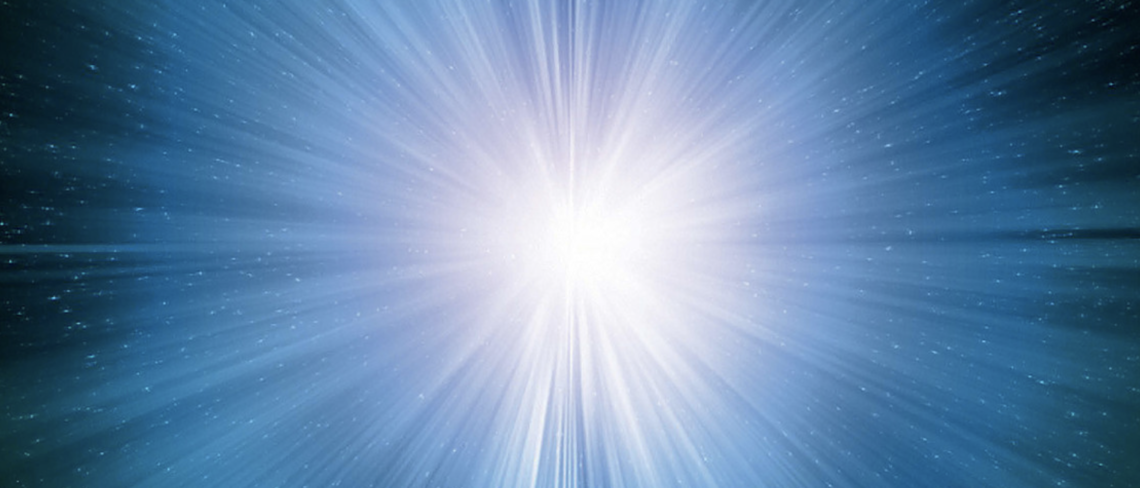
T. Bührke: The Big Bang Clock (MaxPlanckResearch 4/2017)
It’s the question of all scientific questions: How did the universe come into being? Jean-Luc Lehners at the Max Planck Institute for Gravitational Physics in Potsdam-Golm is addressing the question using state-of-the-art mathematical tools. In the process, he is also investigating the possibility that there was a precursor universe.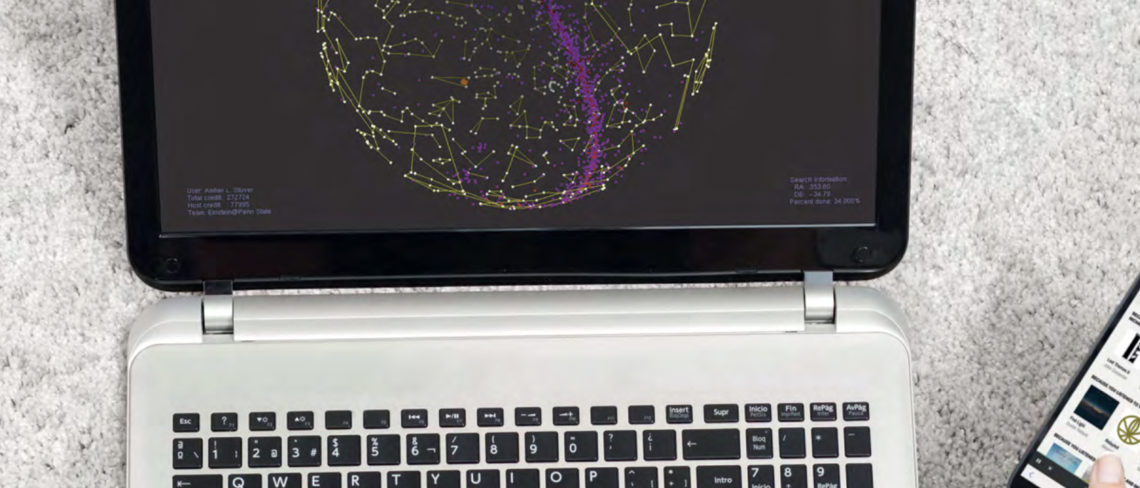
T. Bührke: Gravitational Waves on Home Computers
(MaxPlanckResearch 2/2017)
The Einstein@Home project makes it possible for anyone to search for gravitational waves on their own PC, laptop or smartphone and thus become scientific explorer themselves. Bruce Allen, Director at the Max Planck Institute for Gravitational Physics in Hannover, is the founder of this citizen science project. The software is now also used to track down pulsars in big data. Researchers from the Max Planck Institute for Radio Astronomy in Bonn are also involved in this search.
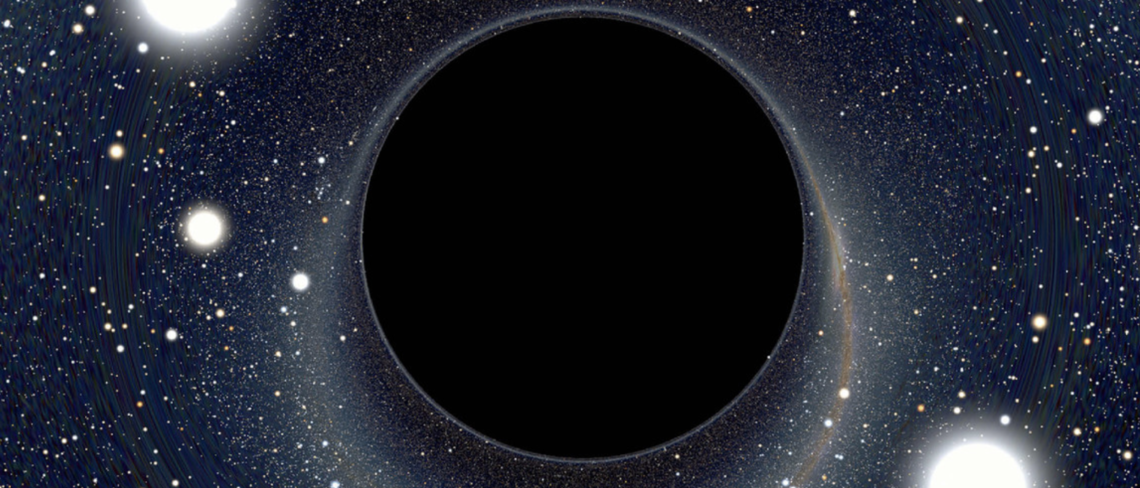
F. Mokler: Traps in Space-Time (MaxPlanckResearch 1/2017)
Black holes swallow everything that ventures too close to them: light, gas, dust and even entire stars. It sounds quite simple, but the nature of black holes is complex. Maria Rodriguez, Minerva Group Leader at the Max Planck Institute for Gravitational Physics in Potsdam, wants to solve some of the puzzles these exotic cosmic bodies present.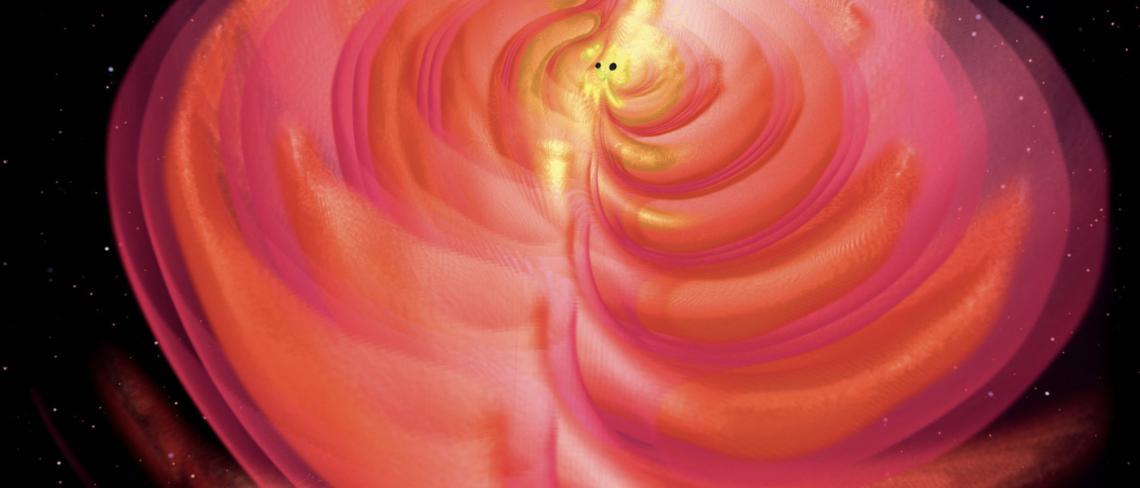
H. Hornung: The Quaking Cosmos
(MaxPlanckResearch 1/2016)
Albert Einstein was right: gravitational waves really do exist. They were detected on September 14, 2015. This, on the other hand, would have surprised Einstein, as he believed they were too weak to ever be measured. The researchers were therefore all the more delighted – particularly those at the Max Planck Institute for Gravitational Physics, which played a major role in the discovery.
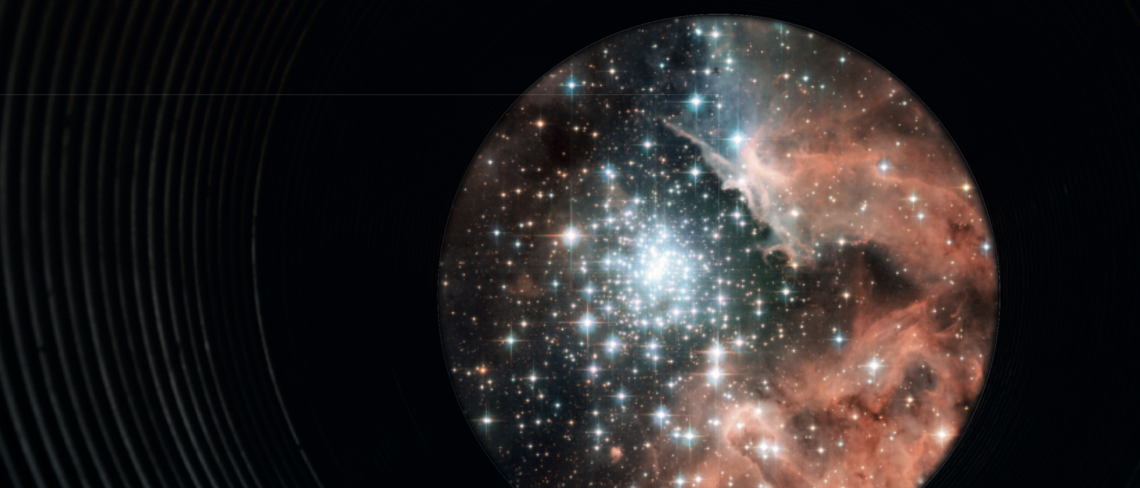
F. Mokler: The Ripples in Space-Time (MaxPlanckResearch 3/2011)
Albert Einstein postulated the existence of gravitational waves a century ago in his theory of general relativity, but these distortions in space-time have so far stubbornly resisted direct observation. At the Max Planck Institute for Gravitational Physics in Hannover, Karsten Danzmann is tracking down this phenomenon with the GEO600 detector.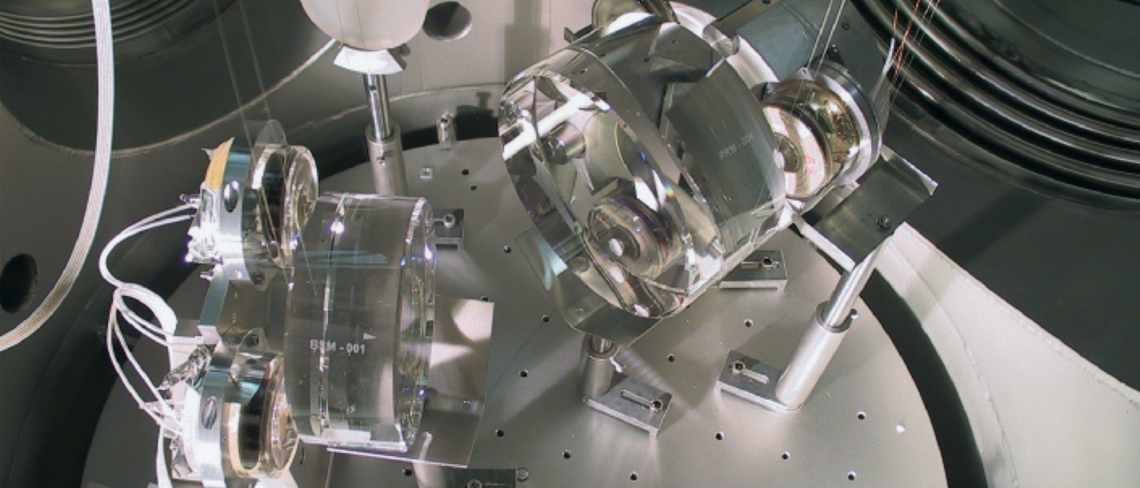
R. Wengenmayr: Spooky Mirror Tricks (MaxPlanckResearch 1/2009)
The properties of one particle can determine those of another even though the two are miles apart and don’t exchange any information. What appears to be a spooky phenomenon is what physicists call entanglement, and they have already observed it in small particles. Now Roman Schnabel, a professor at Leibniz Universität Hannover and at the nearby Max Planck Institute for Gravitational Physics (Albert Einstein Institute), aims to entangle two heavy mirrors.
T. Thiemann, B. Röthlein: A Universe of Bubbling Loops (MaxPlanckResearch 2/2006)
A theory of everything is the Holy Grail of physicists. Yet, in the search for this theory that unites all forces, they are brought up short by the limits of what the human mind can actually grasp. Today, loop quantum gravity is considered a promising candidate for the solution to this problem. Thomas Thiemann from the Max Planck Institute for Gravitational Physics in Potsdam is one of its leading proponents worldwide.